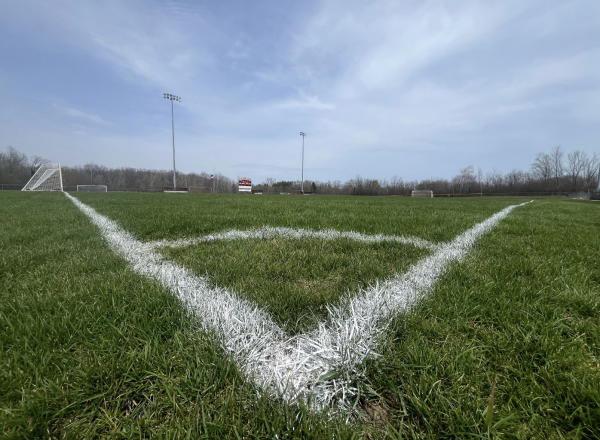Working Hard or Hardly Working
Students and staff share how they spend their time on late start days
Teachers are working hard to prepare for their classes while students have the morning to sleep in and relax.
It’s Tuesday night, and students can’t wait for their extra hour of sleep. It’s the last Wednesday of the month when Homestead has late starts when teachers will gather early to collaborate within their department to prepare for the following month.
“Homestead has always been the outlier in the district between the elementary and middle schools because they all have a block during the day where the teachers have an opportunity to collaborate, but in high school we didn’t have that time built into our day. This time is important and hard to build into our day until the late start,” Principal Brett Bowers said.
“There is a set of minimum expectations that teachers have to meet during that time. We will set new goals and new expectations for the later late starts,” Bowers said.
Ms. Kelly Denk, English and AVID teacher, explains what teachers normally get done during this time saying, “It depends on where my group is on an assessment; sometimes we work on documenting, brainstorming ideas, student handouts, rubrics or outlining student standards so it all depends on where we are on the creation of an assessment.”
While the faculty is working hard and preparing for the upcoming months, students have this time for themselves.
“I usually catch up on sleep or sometimes I go to breakfast with my friends’” Kitty Nelson, sophomore, said.
Similar to Nelson, Samantha Haller sophomore says, “I normally go out and get breakfast with my friends as a way to relax before school.”
Faculty explains that the late start is beneficial in more ways than one. They go on to explain how it affects them as well as the students in a positive way.
Bowers said, “It has personal benefits as well as educational benefits which is really the drive there.”
Denk agreed with Bowers saying, “It’s been incredibly beneficial because it is just carved out time for teachers that teach the same class to get on the same page about what it is we want students to get accomplished.”
It does, however, have its downside of trying to get all of the students in the doors by 9:45.
“We have a few struggles for everyone getting there on time in the morning and making sure that everyone is here and adjusting their schedules in the morning,” Bowers said.
Another downside is that it usually makes the class more hectic. “I think teachers have to be careful about what they are planning for on that day. I do think that students are typically a little more energetic and rambunctious because they have had a full night of sleep, so i think that as long as your lesson anticipates the energy they are going to have you’ll still get a lot done,” Denk said.
Nelson, in regards to the amount of productivity in classes said, “There isn’t enough time in a class period to get through everything and the teachers are normally pretty rushed during that time making it harder to ask questions.”
Next year the late start will remain relatively the same.
“From a student perspective you will see an almost identical situation, but from a adult perspective we will be having a conversation about the next step with our work,” Bowers said.

Christina Zingale is a Senior at Homestead and is excited for her third year of publications. She spends most of her time dancing for her school and is...





